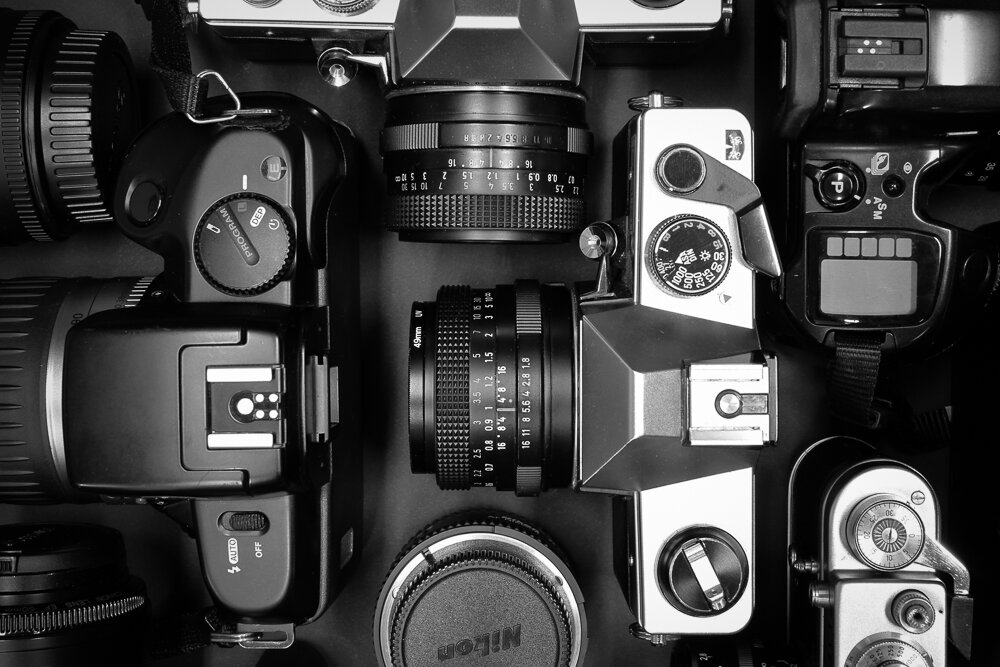It’s a central, time-honoured concept that the act of photographic creation happens in a brief moment of time. The idea pervades artistic statements, critical essays, the very language we use to describe our activity as photographers. ‘The moment it clicks’, we say.
A closer look at this idea of the moment raises some interesting questions. Do we perceive this ‘moment’, do we dwell in it in any substantial sense? If my exposure is for one second (not uncommon in my large format practice), I think so. What of 1/10 of a second? Scientists say I am able to, in part because of the speed at which the human perceptual system works. What of 1/60, or 1/125? Now I am not so sure ….
Somebody might object that it depends on what we mean by dwelling in or being conscious of a certain moment, as against the brute act of perceiving at a subconscious level. Nevertheless, when we speak of intention, we speak of knowing. To question the extent to which we dwell in the moment we press the shutter severs the link between intention and execution. In a curious sense we cannot claim to intend a photograph - at least not wholly - if we cannot claim to be aware of the moment in time of its creation.
For me a photograph is both what a photographer intends and more than that. There is in every act of photographic creation an excess of recording, of visual detail and meaning, that exceeds what the photographer ‘sees’. I find this an enticing more than a damaging prospect; a reason for, rather than against, further inquiry. If the ‘moment’ of the shutter press turns out to be a myth, then it is another way into this interface, this play between intention and meaning that is the photograph.



